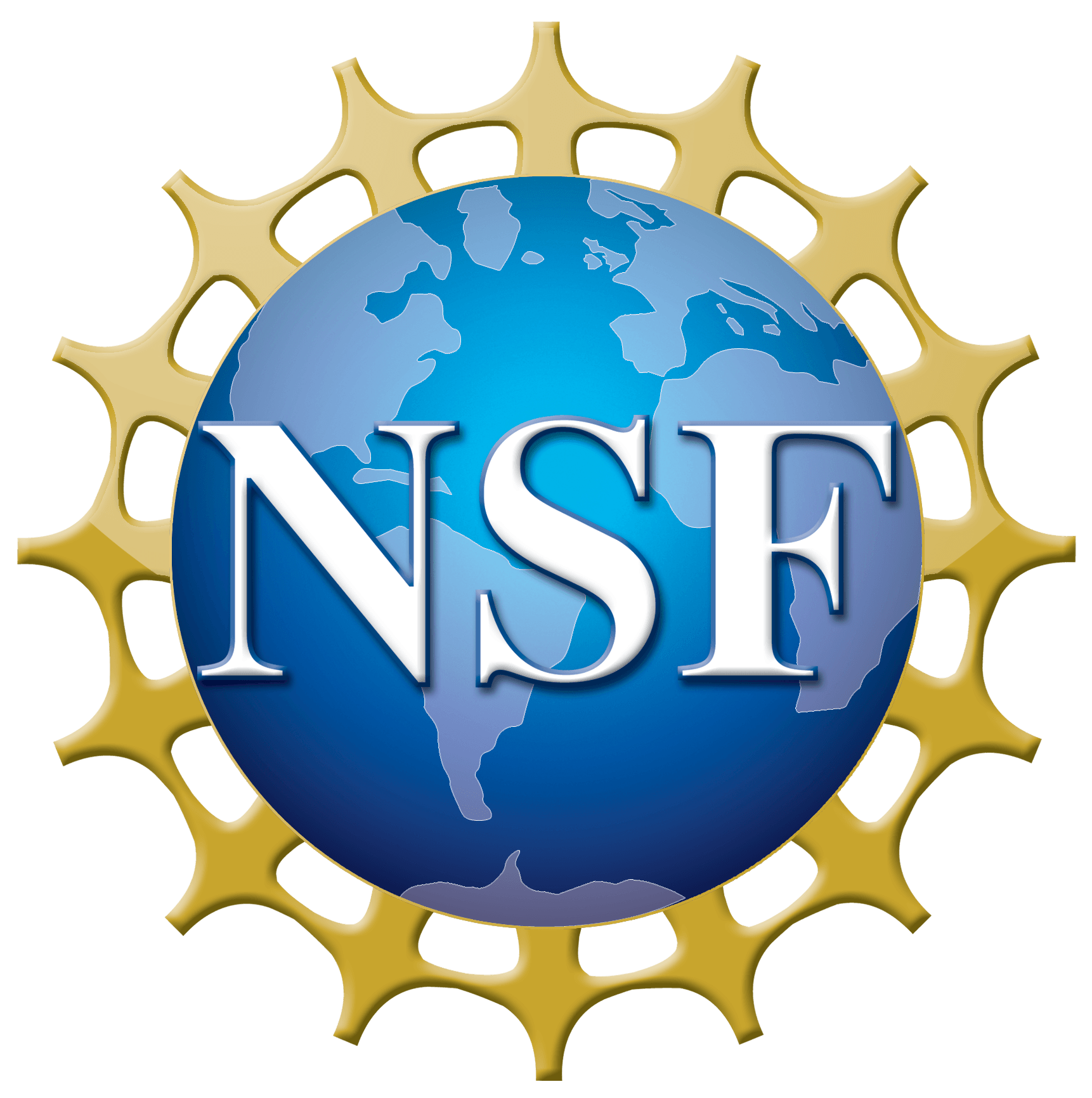The smallest protoplanetary disk ever seen rotating around a young star has been detected by an international team of astronomers using the National Science Foundation’s Very Large Array radio telescope.

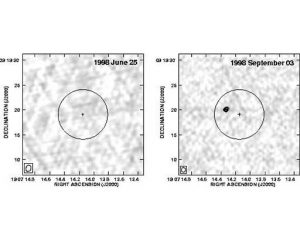
Cosmic Flasher Reveals All!
Astronomers have found evidence for the most powerful magnetic field ever seen in the universe. They found it by observing a long-sought, short-lived afterglow of subatomic particles ejected from a magnetar — a neutron star with a magnetic field billions of times stronger than any on Earth and 100 times stronger than any other previously known in the Universe.
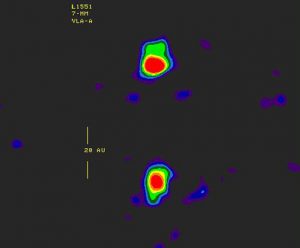
Potential Planetary System Around Close Stellar Pair
Planets apparently can form in many more binary-star systems than previously thought, according to astronomers who used the National Science Foundation’s Very Large Array radio telescope to image protoplanetary disks around a close pair of stars.
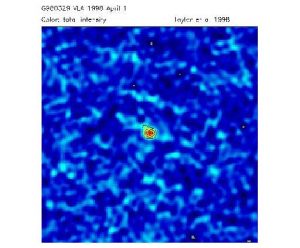
Origin of Gamma-ray Bursts in Short-Lived Stars
Radio telescope studies of the fiery afterglow of a Gamma Ray Burst have provided astronomers with the best clues yet about the origins of these tremendous cosmic cataclysms since their discovery more than 30 years ago.
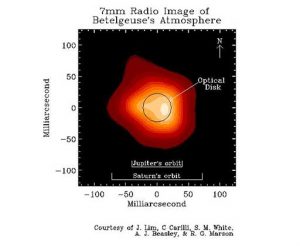
VLA Shows Boiling in Atmosphere of Betelgeuse
A team of astronomers says that observations with the National Science Foundation’s Very Large Array radio telescope show that a neighboring bloated star has giant convective plumes propelling gas from its surface up into the star’s atmosphere.
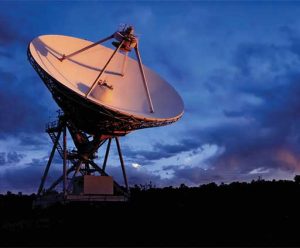
Gamma-ray Fireball Measured by Radio Telescopes
A team of astronomers using a pair of National Science Foundation radio telescopes has made the first measurements of the size and expansion of a mysterious, intense fireball resulting from a cosmic gamma ray burst last May.




